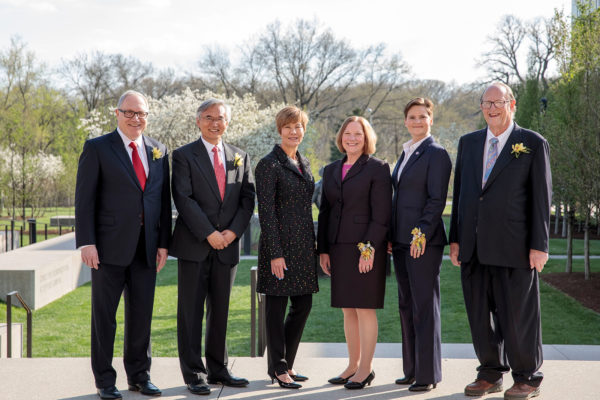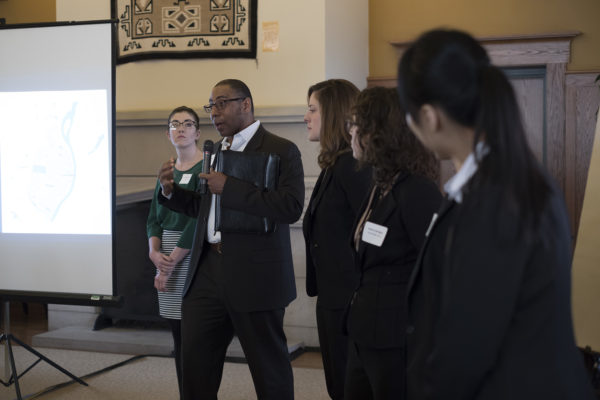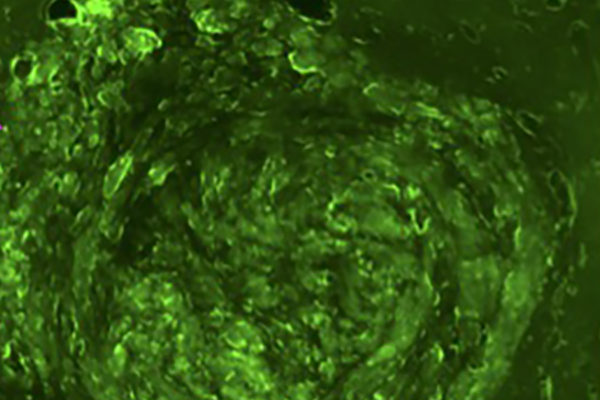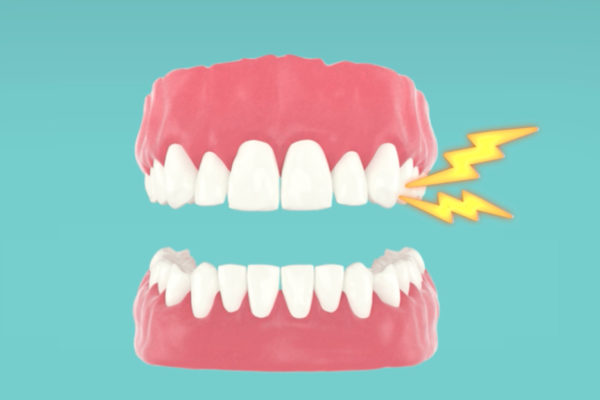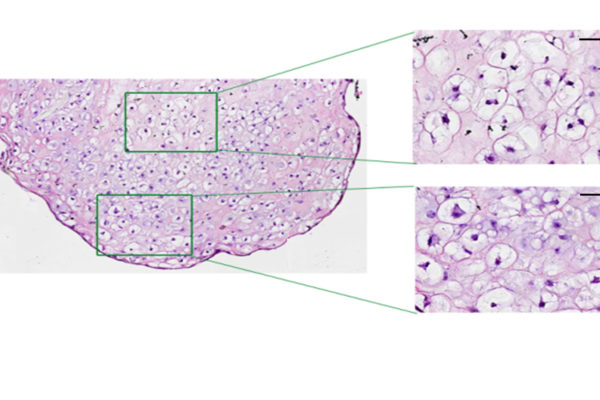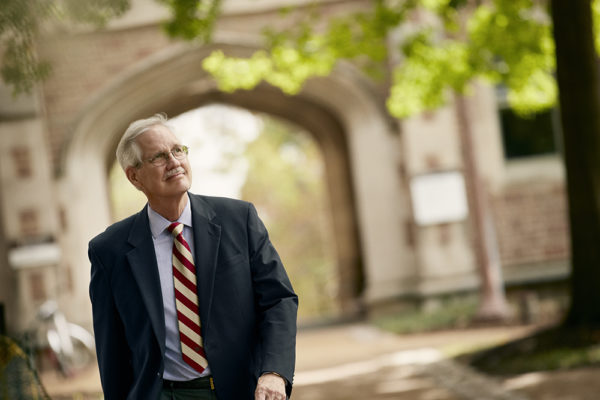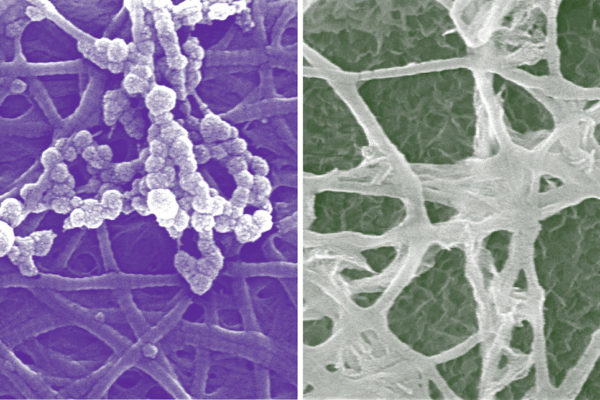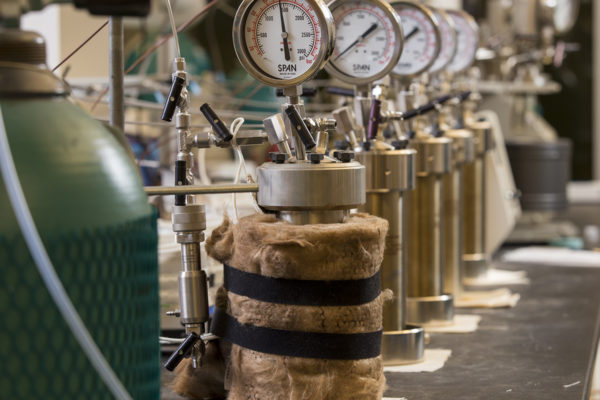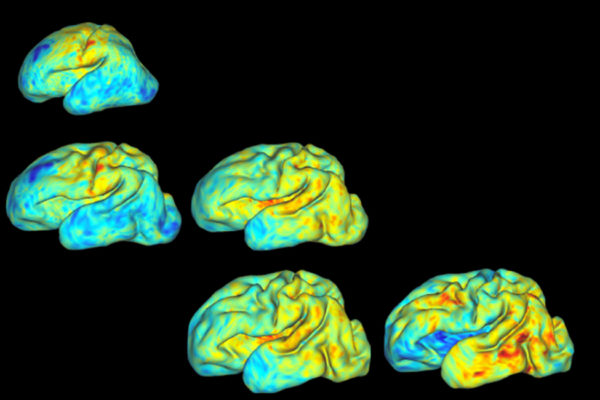Six engineering alumni honored with achievement awards
Six alumni representing a wide range of careers in the field received Achievement Awards from the School of Engineering & Applied Science on April 26 at the Saint Louis Art Museum.
Taking aim at racial disparities in infant mortality
This spring, two teams comprised of multidisciplinary graduate students from the Brown School, Olin Business School and the School of Law took part in the first-ever Social Innovation Initiative, tackling the problem of infant mortality in St. Louis.
Noninvasive brain tumor biopsy on the horizon
Taking a biopsy of a brain tumor is a complicated and invasive surgical process, but a team of researchers at Washington University in St. Louis is developing a way that allows them to detect tumor biomarkers through a simple blood test.
Using tooth sensors to detect disease
An interdisciplinary team of researchers from the School of Medicine and the School of Engineering & Applied Science is redefining the notion of a wisdom tooth. The team is developing technology that could someday be used to detect early signs of certain diseases in high-risk patients.
Back to the beginning
As scientists try to find therapy options to fight back and neck pain, considerable interest exists in harnessing stem cells to restore nucleus pulposus, the chief material in discs. Previous research shows human induced pluripotent stem cells (hiPSCs) can express markers for a wide variety of cells, including those that secrete NP. A collaborative team of scientists at Washington University has developed a new process to generate NP-like cells from hiPSCs.
Transitions on Washington University’s global team
James Wertsch, vice chancellor for international relations, director of the McDonnell International Scholars Academy and the David R. Francis Distinguished Professor in Arts & Sciences, has announced his plan to conclude his tenure as vice chancellor July 1, 2018, and from his director role at the end of the calendar year.
New cellular insights in bone development
Most of us don’t think about our teeth and bones until one aches or breaks. A team of engineers at Washington University in St. Louis looked deep within collagen fibers to see how the body forms new bone and teeth, seeking insights into faster bone healing and new biomaterials.
Trap, contain and convert
Injecting carbon dioxide deep underground into basalt flows holds promise as an abatement strategy. Now, new research by scientists at Washington University in St. Louis sheds light on exactly what happens underground during the process, illustrating precisely how effective the volcanic rock could be in trapping and converting CO2 emissions.
School of Engineering launches master’s in cybersecurity engineering degree
High-profile cyberattacks and data breaches have made cybersecurity engineering one of the fastest-growing careers in the world, yet demand for highly qualified leaders exceeds supply. To meet that demand, the School of Engineering & Applied Science at Washington University in St. Louis is launching a master’s degree in cybersecurity engineering to train new experts for this high-profile field.
3-D mapping babies’ brains
Research from a collaborative team at Washington University in St. Louis tested a 3-D method that could lead to new diagnostic tools that will precisely measure the third-trimester growth and folding patterns of a baby’s brain. Their findings might help to sound an early alarm on developmental disorders in preemies that could affect them later in life.
View More Stories
